Choosing the right bed and mattress
When it comes to bedroom furniture, perhaps the most important piece is the bed. Whichever bedroom you’re choosing a bed for; comfort is as important as your personal style.
Size matters – The size of a bedroom and who’s sleeping there will influence the size of bed you choose. Single, double, king size or super king are among the standard sizes, although you could opt for a ‘small double’, ‘queen size’ or ‘shorty’ bed depending on the dimensions of your room.
Alysha Alli, heading up our in-house interior design team, said: “We use different bed sizes in our show homes depending on the house type and room size. As a rule, we furnish the main bedroom with a super king or king size bed. For example, in the four-bedroom detached Cambridge the main bedroom has a super king bed; there’s a king size bed in bedroom two; a double in bedroom three and a single in the fourth bedroom.”
Plan your bedroom design ideas by mapping out the room. Use tape, string or wool on your bedroom floor to see how much space your new bed will take up.
“Include your other bedroom furniture too when you’re planning your bedroom design, remembering to allow for drawers and doors opening is particularly important in a small bedroom,” Alysha added.
Once you’ve selected the size of your bed, the next step is to choose the type of bed. The core choices are divan or bedframe.
“A divan is essentially a fabric covered wooden structure, mounted on casters so it’s easy to move. A divan usually takes up less overall floor space than a bedframe, which usually extends beyond your mattress at the head and foot of the bed,” Alysha explained.
“Select a fabric that will work with your bedroom design and help it stand the test of time. If you choose a divan you can opt for either an integral or separate headboard. In our show homes, we love to tone a fabric divan base with an oversized feature headboard in a matching or coordinating shade giving a sense of luxury and a boutique hotel like feel, headboards are a great way to really make a design statement and express personal style.”
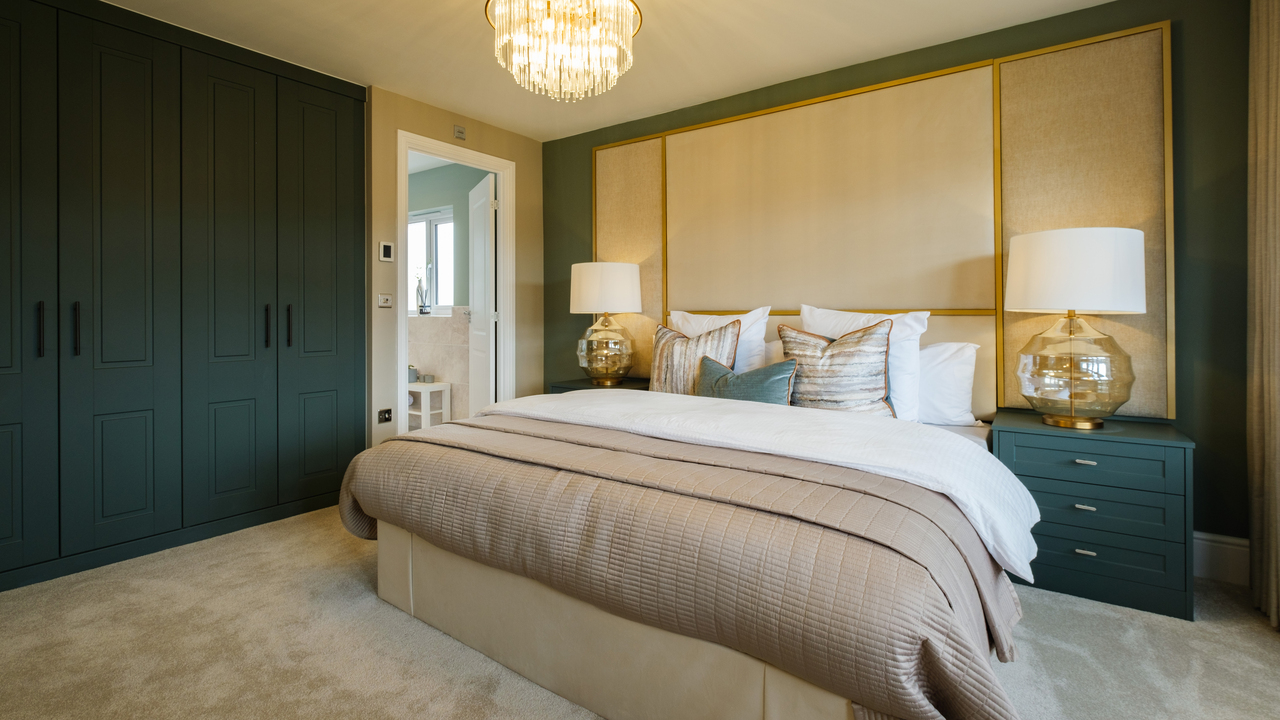
Storage for divan beds can come in the form of underbed drawers or ottoman style, which uses a spring opening to lift your base and mattress to reveal a storage cavity beneath.
"Choosing a bedframe offers an array of materials including wooden, metal, fabric and composite. Bedframes are often flat packed making them easier to manoeuvre into your bedroom space initially, but they can be heavy and more cumbersome than divans if you want to move your bedroom furniture around,” Alysha added.
For children’s bedrooms there are even more options, including a “high sleeper” or “midi sleeper” if you need a space saving solution. Read our guide to creating children’s bedrooms that will grow with them to find out more.
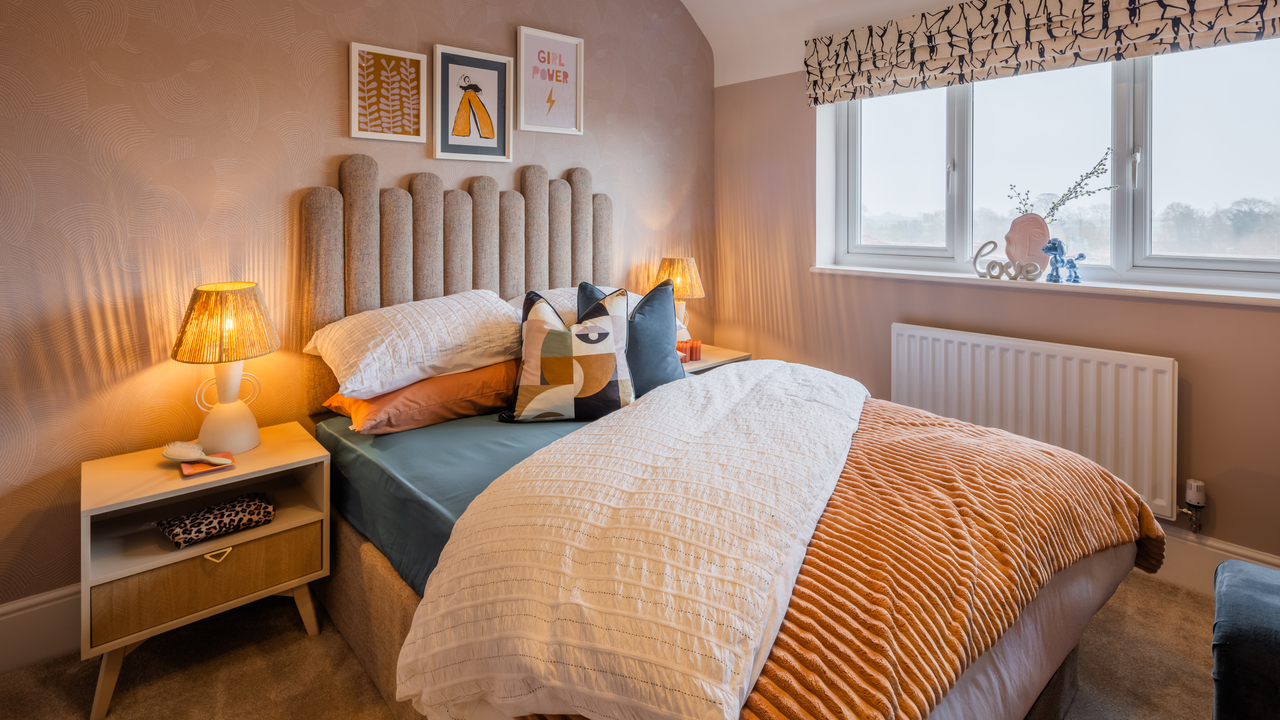
How to choose your mattress firmness will depend on the way the people using that bed sleep.
- If you’re a side sleeper a soft to medium mattress is recommended. Options include memory foam, latex or gel, all of which will respond to the curves of your body.
- For back sleepers it’s important to have good back support with a medium to very firm mattress. Pocket spring, traditional spring, memory foam or orthopaedic mattresses are best for those who sleep on their back.
- Restless sleepers could benefit from a memory foam mattress that will respond to their sleeping position and cushions the body, encouraging you to stay in position.
- If you’re wondering what’s the best mattress for front sleepers, the advice is to choose a medium to firm mattress to ensure your body is supported. Options include pocket spring mattresses, memory foam and combination mattresses.
- Coil sprung, also known as open or traditional sprung, are the most affordable mattress type. These tend to be lighter weight than other types of mattress, which makes them easy to turn, but they’re not as supportive as other mattress types. A coil mattress is therefore best suited to an occasionally used guest bedroom or for a child’s bed, which is likely to be replaced more often.
- For those who overheat at night, the mattress material will be important. Natural materials such as cotton and wool; gel or combination mattresses, may help regulate temperature and aid a good night’s sleep.
- When you’re choosing a mattress make sure to read reviews and product descriptions to draw up a shortlist. Test the mattress out in store before you buy or arrange a home trial.
If you’re buying a new bed or mattress, remember to ask the supplier if they’ll take away your old one for recycling.
Matching bedroom furniture
Our choice of bedroom furniture can also help creating a cosy ambience to aid a good night’s sleep. In our early show homes, furniture was selected in a mixture of pine and dark wood, as was popular in the early 80s.
Today, the main bedrooms of our homes generally include fitted wardrobes tailored to maximise the potential of the space. In our larger houses and Lifestyle designs the main bedroom includes a walk-in wardrobe, offering the epitome of luxury with plenty of storage space for all your clothes and enough room to try them on too.
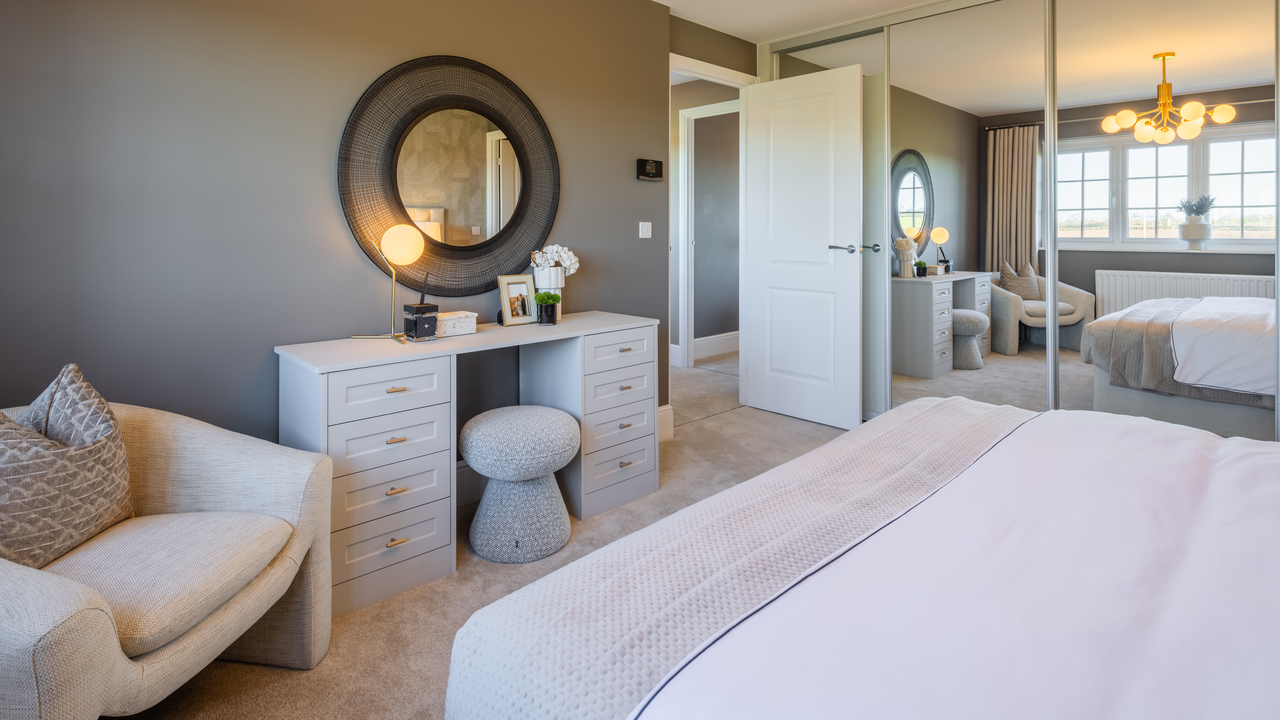
Find out more about the options and upgrades available in a new Redrow home or if you need some décor inspiration read our guide to 2025 interior design trends.
Coordinating curtains
Investing in quality bedroom curtains can really enrich the overall aesthetic of your room and your quality of sleep.
Fully lined, wall to wall curtains can help retain heat, helping to keep bedrooms warm in winter.
Black out blinds
We lose an hour’s sleep on March 30 when the clocks go forward and British Summer Time begins. Blackout lining is a must if you don’t want to be woken too early by the sunrise in the summer months.
“Roman blinds instead of curtains are best for several spaces within the home as they will help the space appear more expansive,” Alysha added.
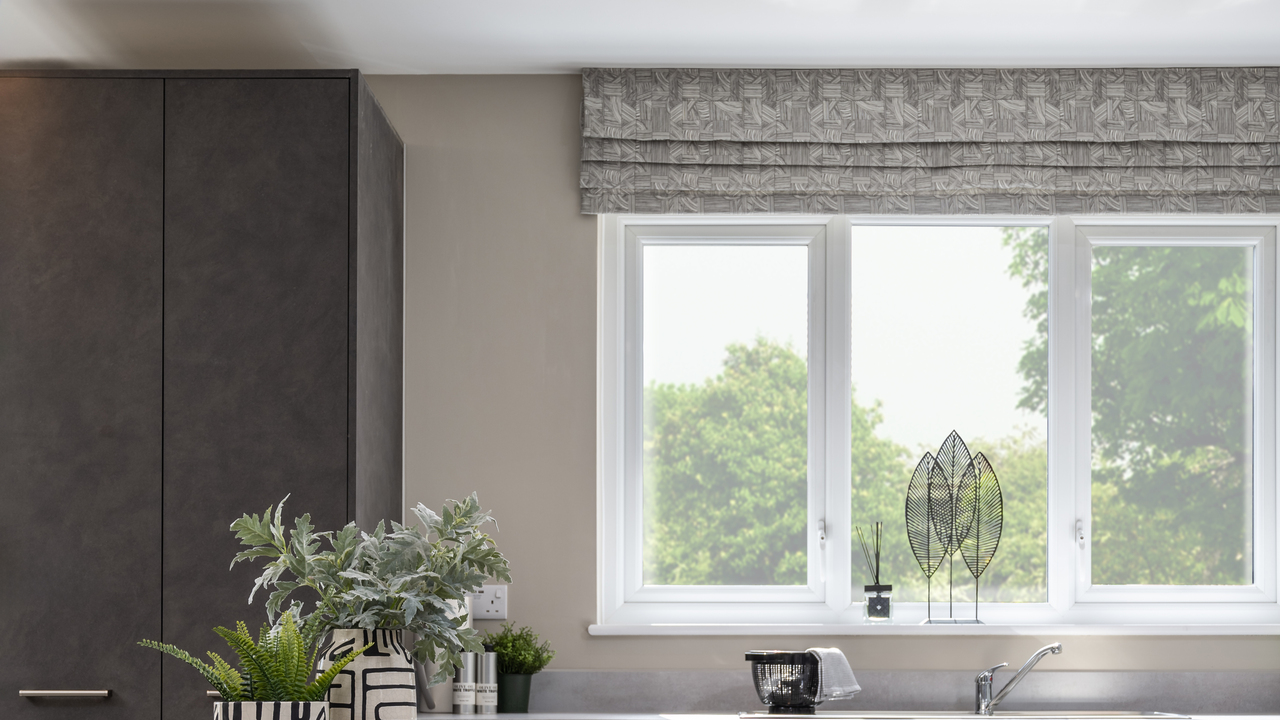
In our show homes we favour floor to ceiling curtains in larger bedrooms, hung from a rail or ceiling track that extends beyond the window’s edges at each side.
“Hanging curtains like this means they don’t block any of the light when they’re open, making the room feel much more spacious,” Alysha explained.
When choosing bedroom curtains, plain, neutral fabrics offer longevity over patterned ones. “Investing in good quality curtains can help with our sleep patterns and so a neutral fabric that will blend with your bedroom décor if you change your colour scheme is a more sustainable option,” Alysha added.
Light filtering curtains
Light curtains are an ideal way to bring an airy touch to a room. The loosely woven fabrics can also bring texture and invite daylight into the space. These curtains enhance privacy while still allowing visibility, making them ideal for spaces that relish natural light without the direct strength of sunlight.
Refreshing your bed sheets
To create our show home look, our interior design team take inspiration for bedlinen from the most luxurious boutique hotels.
Layer clean, crisp white bedlinen with contrasting, textured throws in accent colours, and blend these with two or four scatter cushions in complimentary or contrasting tones. A fitted sheet in your accent tone will enhance the look.
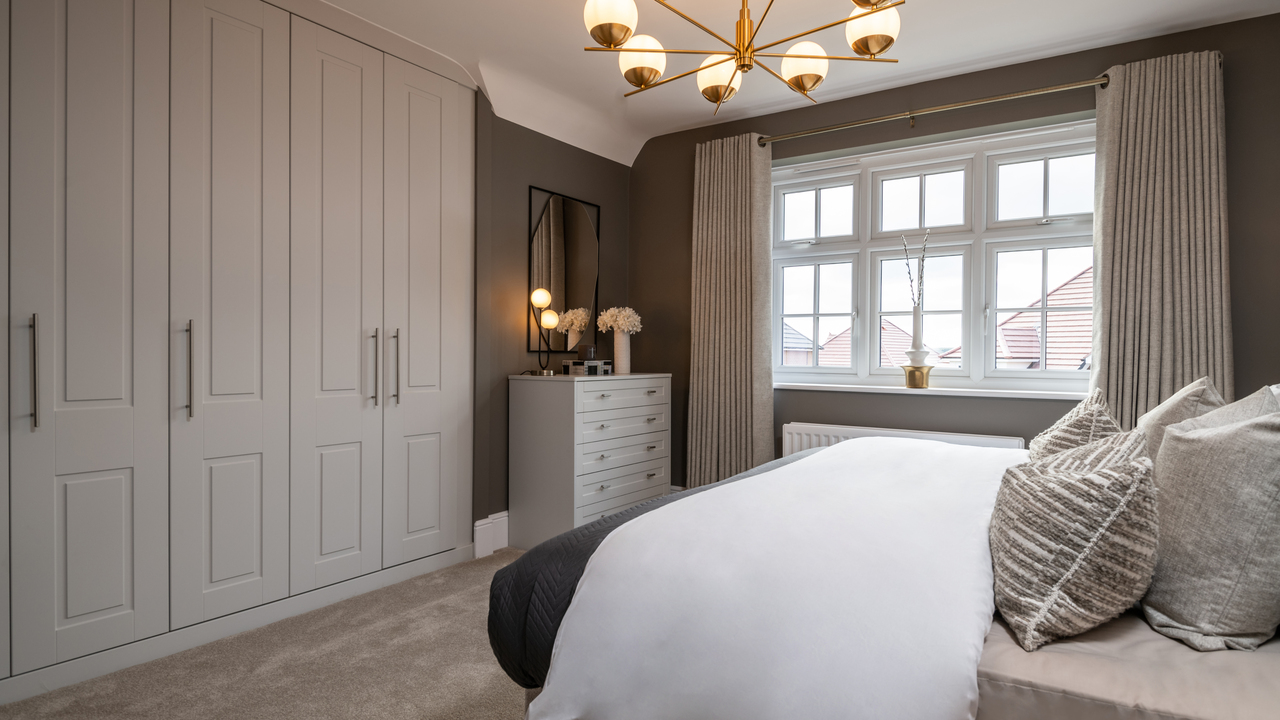
Investing in new bed linen instantly spruces up your bedroom and introducing a new duvet cover or throw can completely transform its look, plus feeling comfortable and happy in your bed could also help you sleep better.
Soft bedroom lighting
Ambient lighting is perhaps more vital in your bedroom than anywhere else in your home. Avoiding bright light exposure in the evening can help you sleep.
A multi-light pendant fitting on the ceiling can be great for creating a light environment for getting ready. Orbs, spheres, globes and sweeping curves bring a dreamlike luminance.
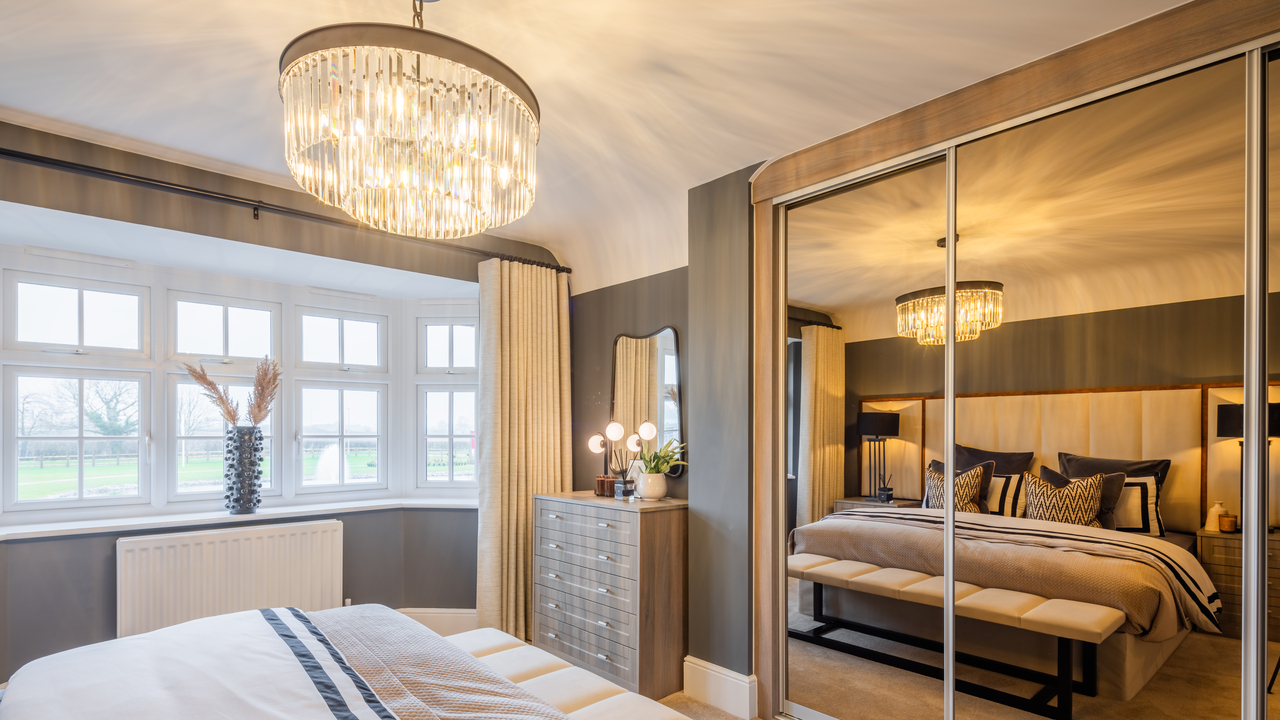
Softer, lower-level, eye level lighting in the form of bedside lamps is key for creating the perfect space to wind down. If you like to have a read before getting some shut eye, book lights are a great option to have that clip on to your book so you can carry on reading when it's dark.
Find more inspiration around the latest lighting trends for 2025.



